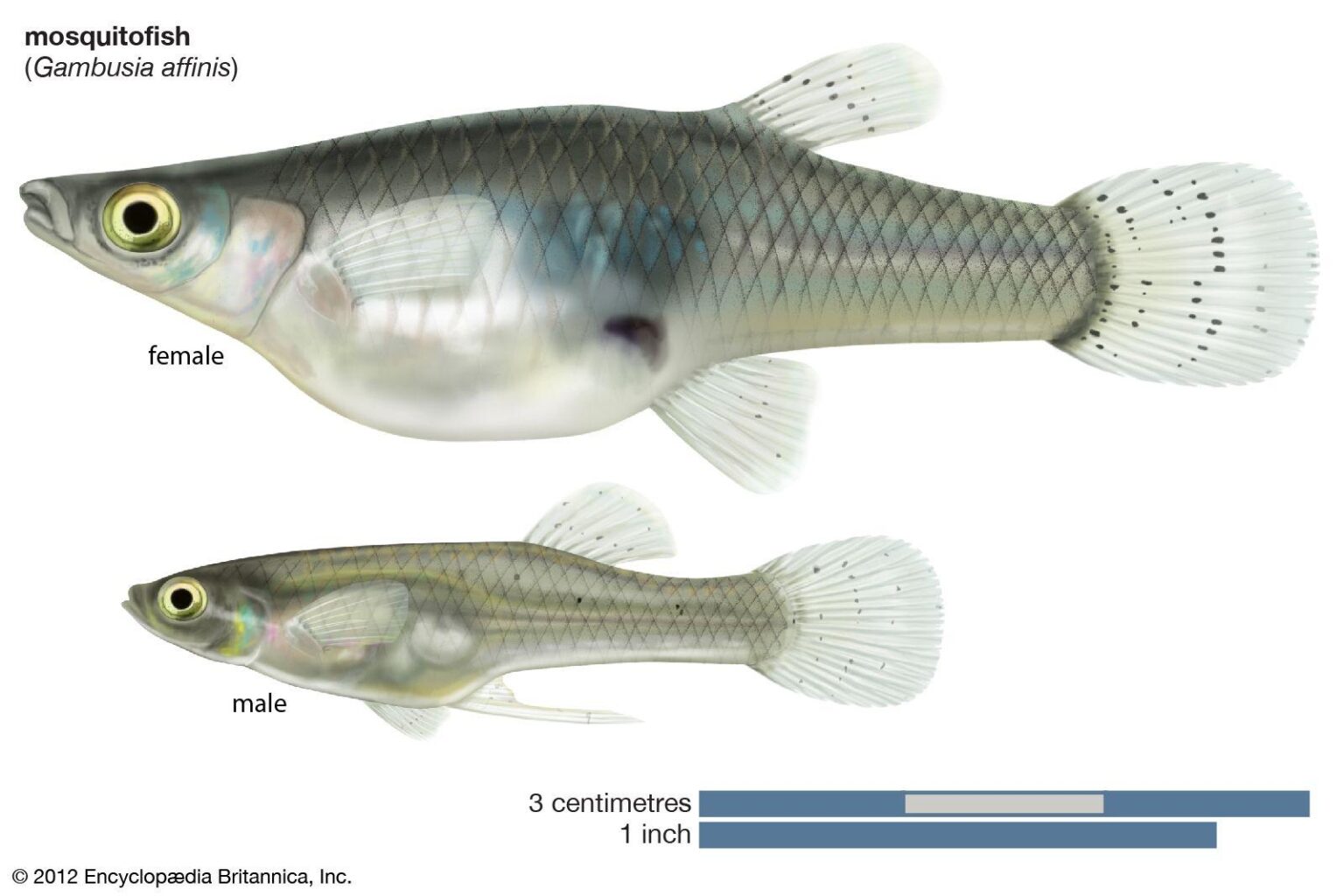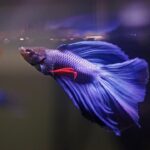Introduction: Understanding the Mysteries Beneath the Surface
In the captivating world of aquatic life, the tranquil dance of colorful fish swimming gracefully through their watery habitat can be a sight to behold. However, for aquarists, there may come a moment of concern when they spot their fish lying at the bottom of the tank, seemingly motionless. What could this behavior signify? Is it a symptom of distress, a natural resting state, or something else entirely? In this article, we embark on an exploration of fish behavior, delving into the myriad reasons that might lead these enchanting creatures to rest at the bottom of their aquatic home. Whether you’re a seasoned hobbyist or a curious newcomer, understanding the nuances of fish behavior will not only enhance your aquaristic experience but also foster a deeper appreciation for the intricate lives hidden beneath the surface of your aquarium. Join us as we navigate the currents of knowledge and uncover the factors influencing your fish’s well-being and behavior.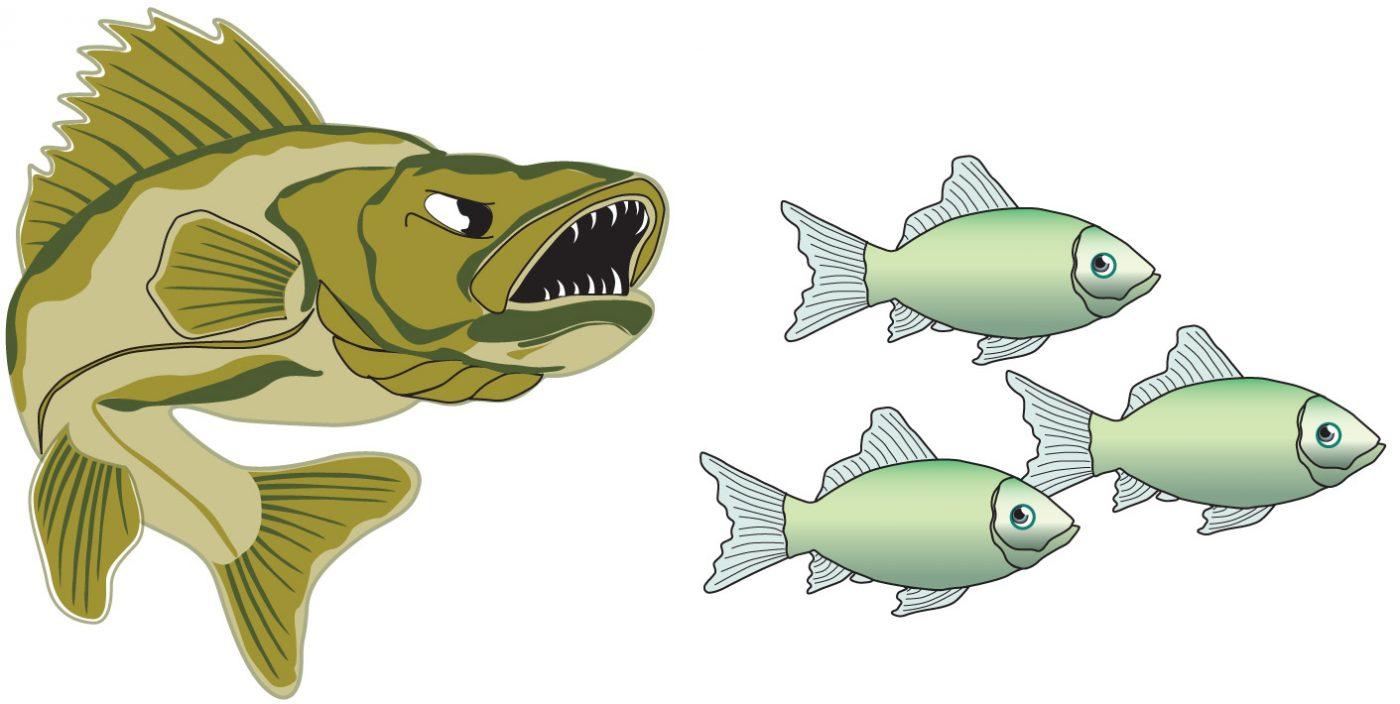
Signs of Stress: Identifying Underlying Issues in Your Tank
When fish exhibit unusual behavior, such as lying on the bottom of the tank, it can be a clear sign of underlying stress. Observing your aquatic friends is crucial, as they may not always vocalize their discomfort. Water quality is often a primary factor; fluctuations in temperature, pH level, or ammonia concentration can inhibit your fish’s ability to thrive. Physical conditions like overcrowding or incompatible tank mates can also contribute significantly to stress. Pay attention to the following indicators of stress:
- Gasping at the Surface: Indicates low oxygen levels.
- Faded Colors: Can suggest illness or environmental discomfort.
- Hiding: An attempt to escape perceived threats.
- Clamped Fins: A sign of distress or illness.
To manage these issues effectively, establishing a stable and suitable habitat is essential. Conducting regular water tests can help maintain optimal conditions while ensuring that fish are adequately fed without overfeeding is critical. Additionally, recognizing the signs of poor water conditions is vital for the well-being of your tank’s inhabitants. Below is a simple reference chart for common stress indicators and their possible causes:
| Indicator | Possible Cause |
|---|---|
| Fish Laying on Bottom | Stress, Illness, Poor Water Quality |
| Erratic Swimming | Water Quality Issues, Disease |
| Loss of Appetite | Stress, Illness, Incompatible Tank Mates |
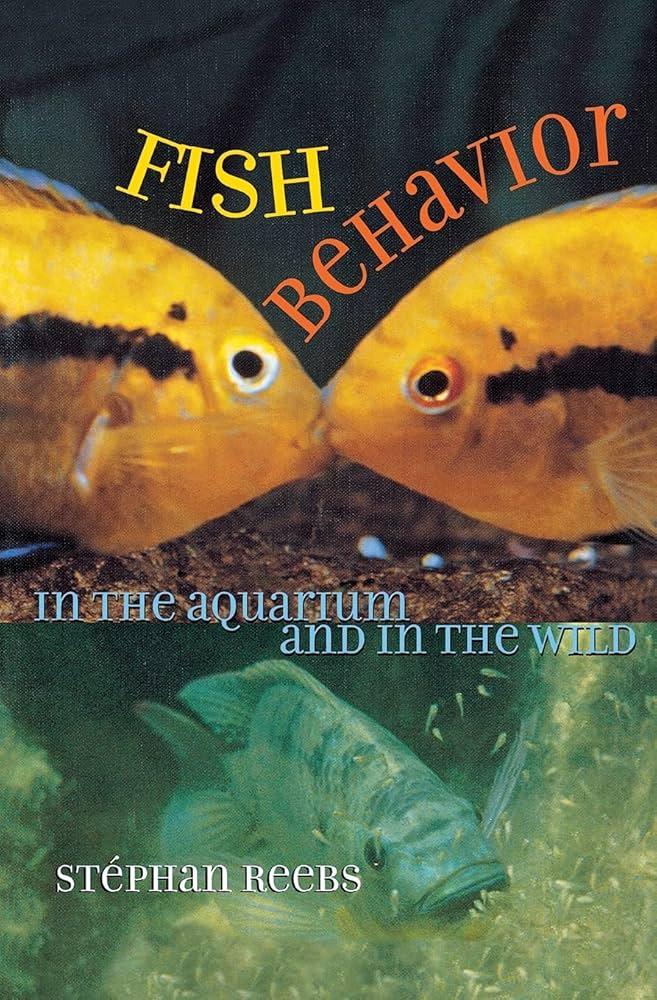
Behavioral Patterns: Decoding Why Fish Prefer the Bottom
Understanding fish behavior requires a keen eye on their natural instincts and environmental adaptations. Many species show a preference for the bottom of their habitat, and there are several reasons for this fascinating pattern. Firstly, fish that dwell near the substrate often find safety from predators, as the bottom offers a sanctuary amidst rocks, plants, and debris. This instinctual behavior mimics their wild counterparts where the substrate serves as a haven against various threats. Furthermore, the bottom of the tank typically hosts organic matter and microorganisms, which are essential food sources, attracting bottom-feeding species.
Additionally, the positioning of fish on the tank bottom is often influenced by their social behavior and physiology. Grouped species tend to congregate in specific areas, seeking comfort in numbers while foraging or resting. Environmental factors such as water quality and tank decoration can also dictate whether fish prefer the bottom. Stressors such as high levels of ammonia or a lack of hiding spots can drive fish downwards in search of stability. Understanding these behavioral tendencies helps aquarists create a tank environment that supports their fish’s natural preferences and health.
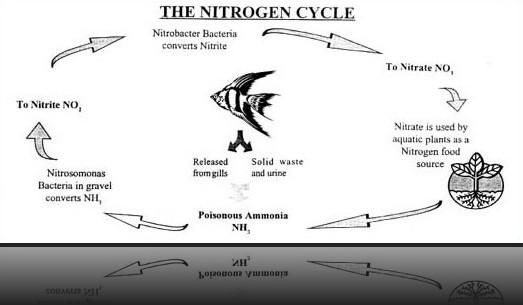
Optimizing Tank Conditions: Creating a Healthy Habitat
To foster the well-being of your aquatic friends, ensuring optimal tank conditions is crucial for preventing them from exhibiting behaviors such as laying on the substrate. Begin by assessing the water parameters, which include temperature, pH, hardness, and ammonia levels. Fish thrive in certain ranges that mimic their natural habitats, and any fluctuations can lead to stress. Regularly monitor these factors through quality test kits and consider implementing a reliable filtration system to maintain consistent water quality:
- Temperature: Keep within species-specific ranges.
- pH Level: A stable pH prevents stress.
- Hardness: Adequate mineral content is essential.
- Ammonia: Aim for undetectable levels.
Additionally, the tank’s environmental elements play a pivotal role in fish health. Create a layout that mimics their natural habitat by incorporating appropriate decor, plants, and hiding spots. Here’s a simple overview of how different elements can enhance the habitat:
| Tank Feature | Purpose |
|---|---|
| Substrate | Simulates natural floor, supports plant growth. |
| Plants | Provides oxygen, shelter, and food sources. |
| Decor Items | Creates hiding spots, reduces stress. |
| Open Space | Allows swimming room, encourages healthy behavior. |
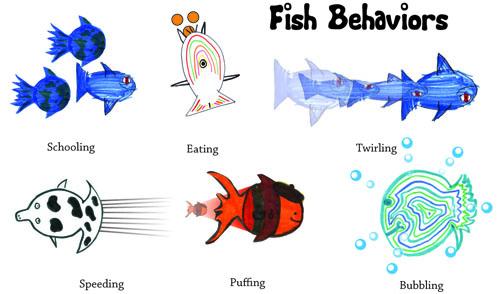
Preventative Measures: Ensuring Your Fish Stay Active and Healthy
Maintaining an active and healthy aquarium is crucial for the well-being of your fish. A vibrant environment promotes not only their physical health but also their behavioral patterns. Here are some preventative measures to keep your aquatic friends lively:
- Regular Water Changes: Change 10-20% of the water weekly to maintain optimal water quality.
- Stable Temperature: Invest in a reliable heater and thermometer to avoid sudden temperature fluctuations.
- Adequate Filtration: Use a high-quality filter to keep the water clean and oxygen-rich, fostering an active ecosystem.
- Proper Diet: Feed a balanced diet specifically formulated for your fish species to enhance vitality.
- Tank Size and Compatibility: Ensure your tank is appropriately sized and that the species you keep are compatible to minimize stress.
Additionally, enhancing the tank environment with natural elements can significantly impact your fish’s behavior. Consider the following additions:
- Plants: Live or silk plants provide shelter and stimulation for your fish.
- Decor and Hiding Spots: Incorporate rocks, caves, and driftwood to give your fish places to explore and hide.
- Tank Mates: Choose community-friendly fish to create a harmonious atmosphere that encourages active interaction.
The Way Forward
observing fish as they lay on the bottom of the tank can be an intriguing, albeit concerning, sight for any aquarist. Whether they are resting, seeking refuge, or signaling a potential health issue, understanding the nuances of fish behavior is essential for providing a thriving aquatic environment. By closely monitoring your fish and their surroundings, you can better appreciate their natural instincts and respond appropriately to their needs. Remember, every ripple in the water tells a story, and with a keen eye and a little patience, you’ll be able to decode the language of your underwater companions. nurturing a healthy tank environment is not only a responsibility but also a rewarding journey of connection between you and your finned friends. Happy fishkeeping!




